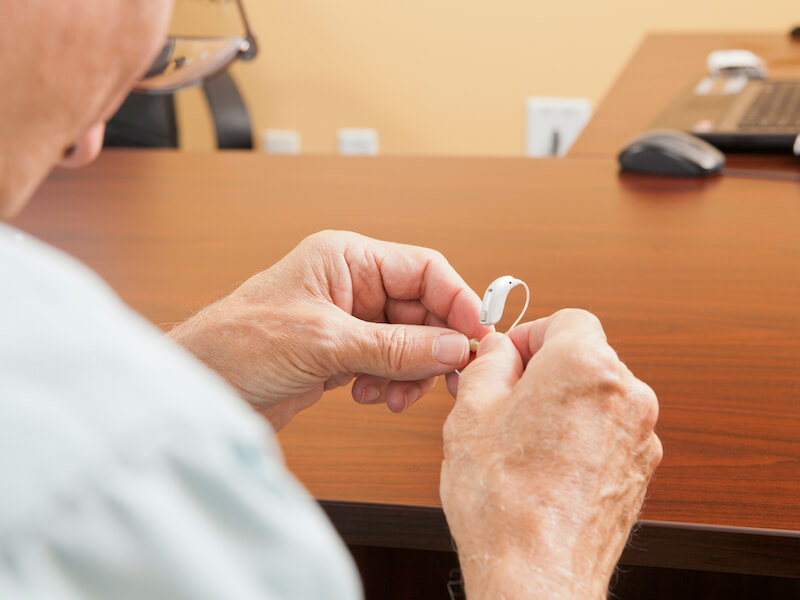
You go above and beyond to make sure your hearing aids are well taken care of. Cleaning them every day, you make sure they’re safe and snug on their charger when you go to sleep.
But you get pretty distressed when your hearing aids suddenly stop working the way they used to. Thankfully, there are some measures you can take to troubleshoot the problem. Just remember: your number one job is to refrain from damaging your hearing aid further (or you may need to replace them).
Troubleshooting your hearing aid
Of course, when you first got your nice new hearing aids, you made a point of putting the owner’s manual in a safe spot. Hopefully, you did so that you can check with your owner’s manual to undertake maintenance and troubleshooting. Every model of hearing aid can be rather different so it’s essential to follow the manual’s guidelines.
Here are some things you can check on most models:
- Check your battery: You’ll still want to assess the battery power even if you had your hearing aids on the charger at night. If your hearing aid has replaceable batteries, it might not be a bad idea to check if those batteries are inserted properly or if a new one solves the issue.
- Keep your microphone clear: Check your hearing aid to find out if anything is blocking the microphone. A blocked microphone can create feedback or can cause your hearing aids to sound broken or silent.
- Look for noticeable damage: Does your hearing aid have any noticeable loose components or cracks around its shell? If you discover cracks, it could suggest that moisture is getting in and there could be more extensive damage.
- Wax accumulation: Make sure there is no wax on your hearing aid by giving it a visual check. Even if you perform routine cleaning, sometimes wax can build up quickly, so it’s worth ticking this off your list.
Again, check with your owner’s manual on how you should address each of these issues. Self-maintenance is sometimes possible.
When does my hearing aid need repair?
If your hearing aid keeps malfunctioning after you have performed basic upkeep and troubleshooting, it’s likely that your hearing aid will have to be professionally repaired. That may not always sound appealing, after all, you rely on your hearing aid for day-to-day communication (along with dinners with your family, staying up to date with your favorite Netflix series, and so on).
It’s certainly worth noting that “repair” doesn’t always mean “mail your hearing aids in for service and wait several weeks”. In some cases, we can do the repair in office and you can take it with you when you go.
Or, depending on the extent of the damage, you could get your hearing aids back in a few hours.
There are still some instances where such rapid repair is not possible. And in those cases, you might find yourself needing a backup pair of hearing aids. Perhaps you have an old pair that will do temporarily in a pinch. We may even be able to let you borrow a pair while you are waiting.
Get assistance with your hearing aids without delay
It’s essential to have your hearing aid checked and repaired if you start to notice the sound quality is starting to fail.
Any amount of downtime should be prevented. Your mental health and your overall health can be affected by untreated hearing loss. And it becomes all too easy to leave your hearing aids sitting in a drawer somewhere while your hearing continues to deteriorate.
The optimum way to keep your hearing healthy is to keep those hearing aids working. And the ideal way to do that is to clean them, keep them charged, and, when needed, take your hearing aids to get some professional repair.